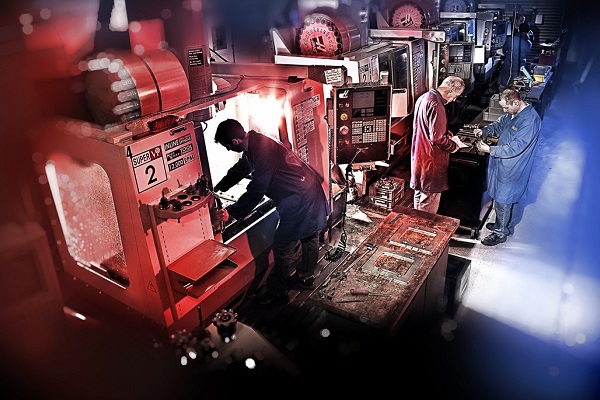CNC (Computer Numerical Control) plays a highly important role in the manufacturing sector of the modern day by applying the use of computers to control machine tools, including mills, lathes, grinders and routers. This special technology has first appeared after the World War II, as a result of the desire of the world’s aircraft industry to produce more precise and complex parts. In other words, the history of CNC engineering services and machining dates back to 1949, when first CNC projects were carried out by the American Air Force at the Massachusetts Institute of Technology.

Today, the world’s industry cannot be imagined without the use of CNC engineering services and machines. The earliest CNC machining technology relied on a telecommunication data-storage technology, best known as ‘perforated paper tape’ or ‘punched tape’.
CNC System Explained
The contemporary CNC system is based on CNC engineering services and machines that offer the opportunity to complete a wide range of manufacturing projects, such as structural and precision sheet metal fabrication, general welding, robot welding, laser cutting and CNC turning/milling. Normally, the CNC machining process requires the application of multiple tools combined into common cells or units from which the machine can draw and make the desired cuts.
The basic CNC machines move in one or two axes, while there are also advanced, multi-axes machines that move in ‘x’ and ‘y’ axes, which make them capable of flipping over the precision parts automatically, thus allowing to quickly and easily remove the so-called ‘underneath’ material. This cutting-edge feature is extremely beneficial for the CNC workers, as it gives them the opportunity to cut the highly precision parts without the need of manual intervention. Obviously, full-automated cuts are much more precise and accurate than manual ones.
Common features of all CNC systems are: the command function, the drive and the feedback system. In terms of command function, it can be analog, digital, cam follower, flap handle or a host of some other device that practically gives the ‘green light’ for action. When it comes to drive (motion) system, it can be a hydraulic motor, an electric motor, a cylinder, a brake, a clutch, a valve or a combination of any of the aforementioned components.
Types of CNC machines
All types of CNC machines used in various CNC engineering services are divided into two main categories: conventional technologies and novel technologies.
Conventional Technologies
- drills
- lathes
- milling machines
Novel Technologies
- electrical machining
- chemical machining
- cutting mediums.


























